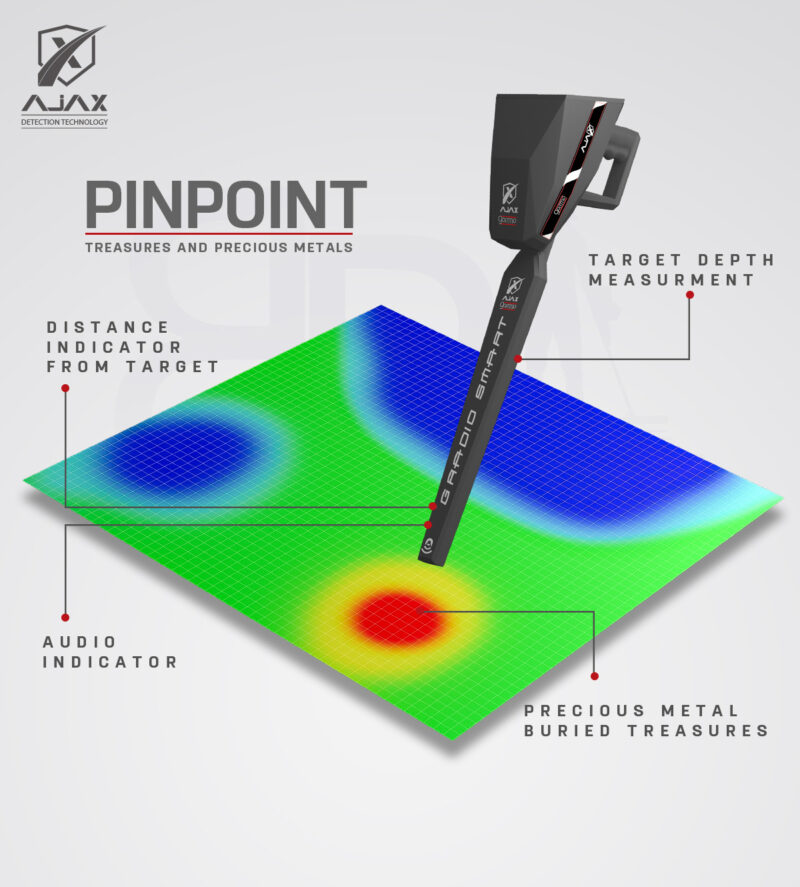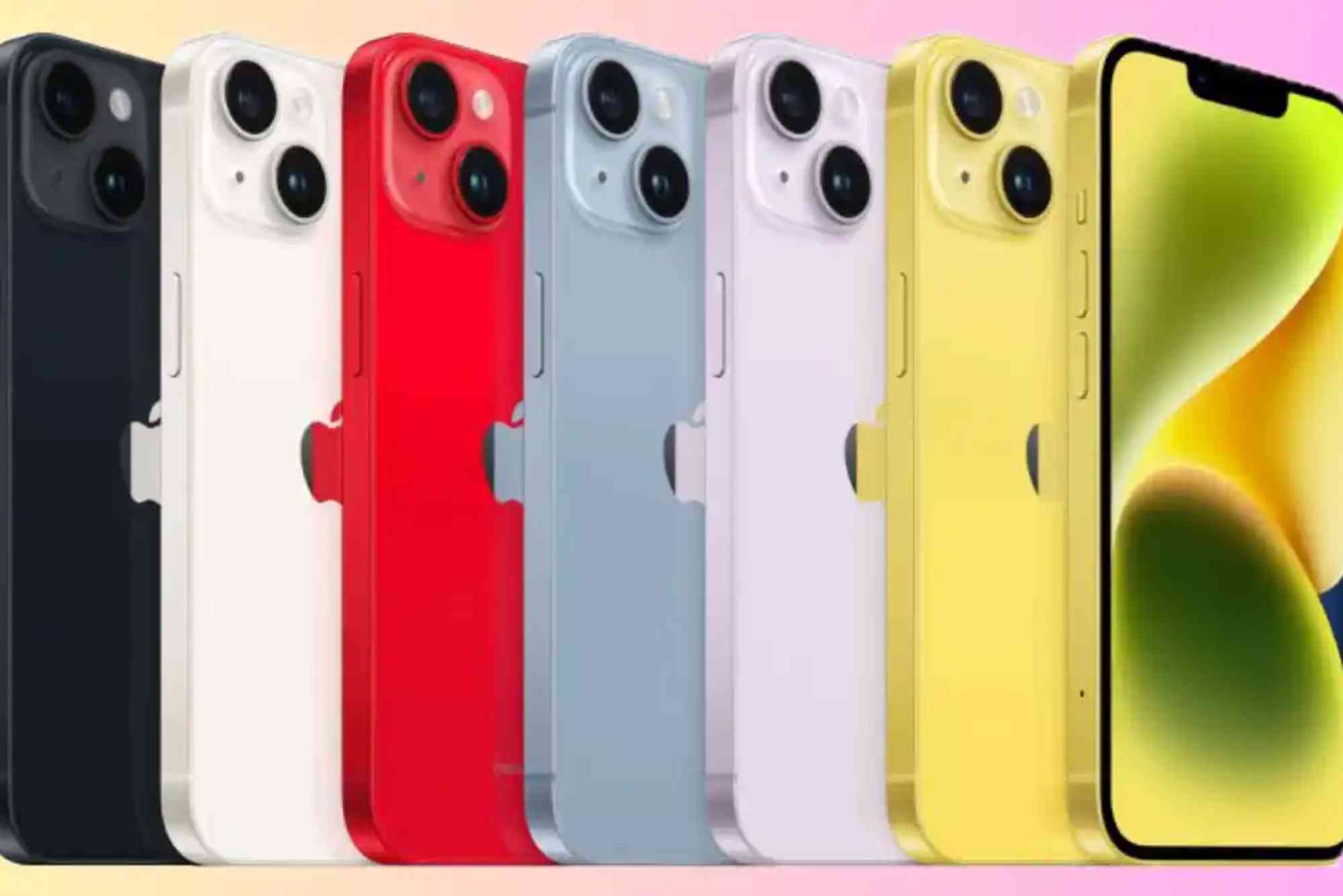Gold prospecting has come a long way from the days of simple pans and pickaxes. Today, technology gives treasure hunters access to sophisticated tools that can detect gold and minerals buried deep underground with remarkable accuracy. Among these tools, the 3D gold scanner has become a standout innovation, offering capabilities far beyond those of standard scanners. But what truly sets it apart, and why are professionals increasingly choosing these advanced devices?
In this article, we’ll break down the key differences between 3D gold scanners and traditional scanning systems, explore their unique advantages, and look at professional-grade products like the Gamma that demonstrate how technology is reshaping gold detection.
Depth and Accuracy in Detection
The primary difference lies in detection depth and accuracy. Standard scanners are typically limited in how deep they can reach, often picking up signals from surface-level objects or shallow deposits. In contrast, a 3d gold scanner is built to penetrate much deeper into the ground while still delivering clear, reliable results.
These advanced scanners use three-dimensional imaging technology to create a visual map of what lies beneath the surface. Instead of vague signals or inconsistent audio tones, the user sees a detailed representation of underground structures, making it easier to distinguish gold from other metals or minerals. This feature is invaluable in areas with mixed soil compositions or where false signals are common.
Advanced Imaging Capabilities
Another defining factor is the level of imaging detail. Standard scanners generally provide basic information about the presence of metal, but they rarely offer clarity on size, shape, or precise location. This limitation often leads to unnecessary digging and wasted time.
A 3D gold scanner, however, gives a comprehensive scan of the ground below, often highlighting the exact depth and dimensions of the target. Models such as the Gamma take this to another level, offering users advanced imaging capabilities that provide a clear understanding of whether they are dealing with small nuggets, larger deposits, or even mineralized rocks. By reducing guesswork, these scanners help prospectors focus their efforts with precision.
Ground Balance and Mineral Differentiation
One of the persistent challenges in gold detection is soil mineralization. Standard detectors frequently struggle in regions with iron-rich or saline soils, producing false signals and causing frustration. Advanced 3D scanners come equipped with superior ground balance systems, allowing them to filter out interference caused by minerals and deliver cleaner, more accurate readings.
This feature is especially important for prospectors exploring diverse terrains, from deserts to riverbeds. By differentiating between natural mineralization and actual gold targets, 3D scanners increase the efficiency of every search.
User Experience and Ergonomics
While advanced, 3D gold scanners are also designed with the user in mind. Standard scanners may be lighter and simpler, but they often lack the ergonomic balance needed for long hours in the field. Modern 3D systems combine portability with durability, ensuring comfort without compromising performance.
Touchscreen interfaces, wireless data transfer, and customizable scanning modes are just some of the user-friendly additions that make these devices not only more powerful but also easier to operate. This blend of sophistication and simplicity is a key reason professionals and serious hobbyists are adopting them.
Practical Applications Beyond Prospecting
While gold detection remains the primary focus, 3D scanners also prove useful in fields such as archaeology, geology, and even construction. Their ability to map underground structures with accuracy makes them versatile tools for anyone needing a clearer view of what lies beneath the earth’s surface.
This adaptability is something standard scanners cannot match, as they are typically restricted to simple metal detection with no broader applications. For anyone who wants equipment that can serve multiple purposes, 3D scanners offer unmatched value.
The Investment Perspective
There’s no denying that 3D gold scanners come at a higher price point than traditional models. However, for serious prospectors, the investment is justified. The ability to detect deeper targets, avoid unnecessary digging, and differentiate between valuable finds and mineralized interference can quickly translate into greater success and efficiency.
Tools like the Gamma represent this balance of cost and advanced technology, offering prospectors professional-grade features without overwhelming complexity. Over time, the efficiency and accuracy of such scanners can save countless hours and ensure higher returns on exploration efforts.
Conclusion
The difference between a 3D gold scanner and a standard scanner lies not just in technology, but in results. From deeper detection and detailed imaging to advanced ground balance and multipurpose applications, 3D scanners have revolutionized the way gold prospecting is approached.
Devices like the Gamma highlight how innovation is reshaping the industry, giving prospectors tools that are both powerful and practical. For those committed to finding gold with confidence and precision, the move from standard to 3D technology isn’t just a step forward—it’s a game changer.










